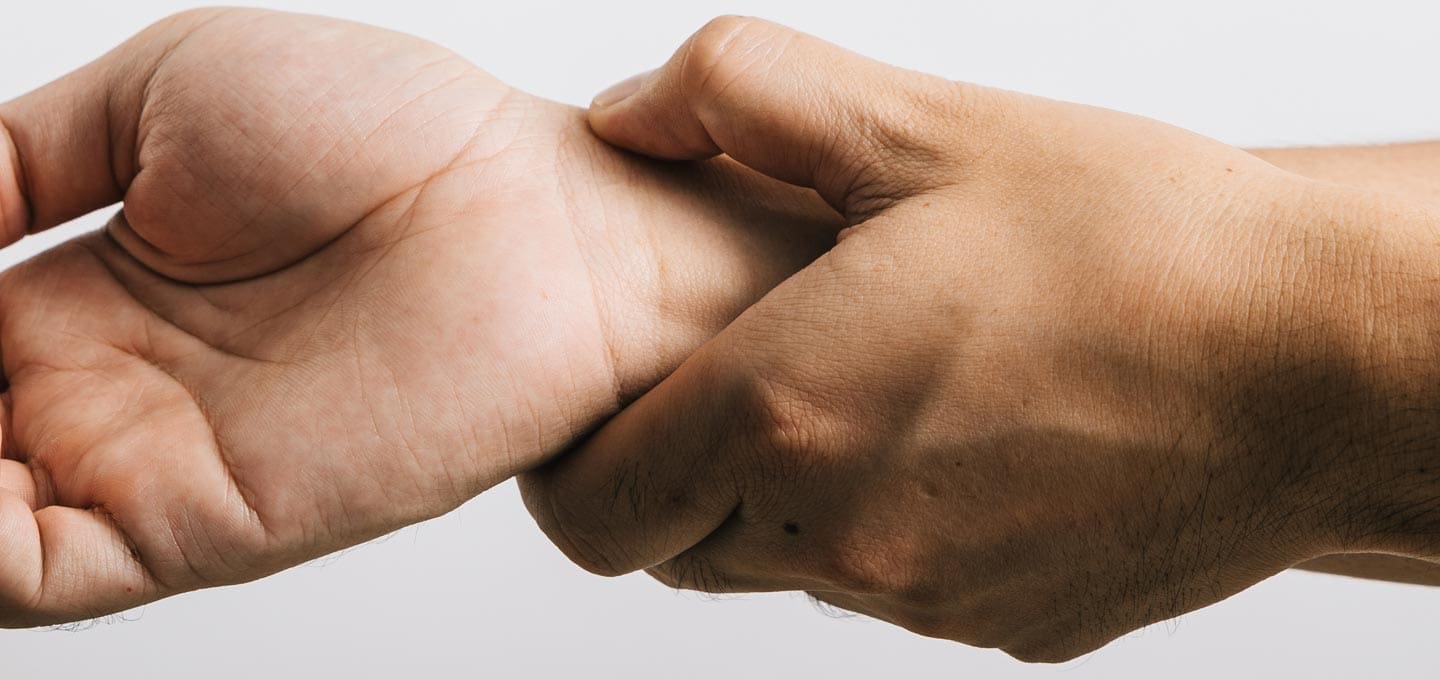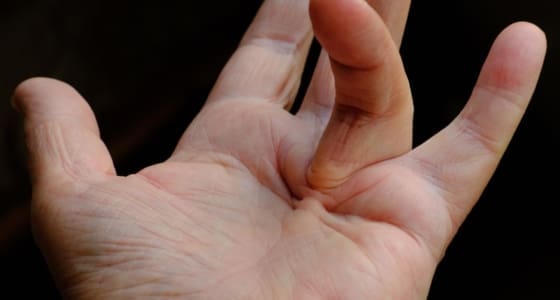It occurs when the median nerve, which runs from the forearm to the palm, becomes compressed as it passes through the carpal tunnel—a narrow passage in the wrist. This nerve is responsible for sensation in the thumb, index, middle, and part of the ring finger.
CTS is often caused by repetitive hand movements, wrist injuries, or underlying medical conditions such as diabetes and arthritis. Those who frequently perform tasks involving prolonged wrist flexion—like typing or using a mouse—are particularly at risk. Symptoms typically develop gradually and may include tingling sensations, feelings of swelling, and difficulty grasping objects. Severe cases can lead to muscle weakness in the hand.
To diagnose CTS, one of our hand surgeons will review your medical history, conduct a physical examination, and may request nerve conduction studies to assess nerve function.
Treatment options vary based on severity. Initial conservative measures include wrist splinting, especially at night, to keep the wrist neutral and reduce pressure on the median nerve. Nonsteroidal anti-inflammatory drugs (NSAIDs) may also alleviate pain and inflammation. In more severe instances, corticosteroid injections or surgical interventions may be necessary to relieve nerve pressure.









